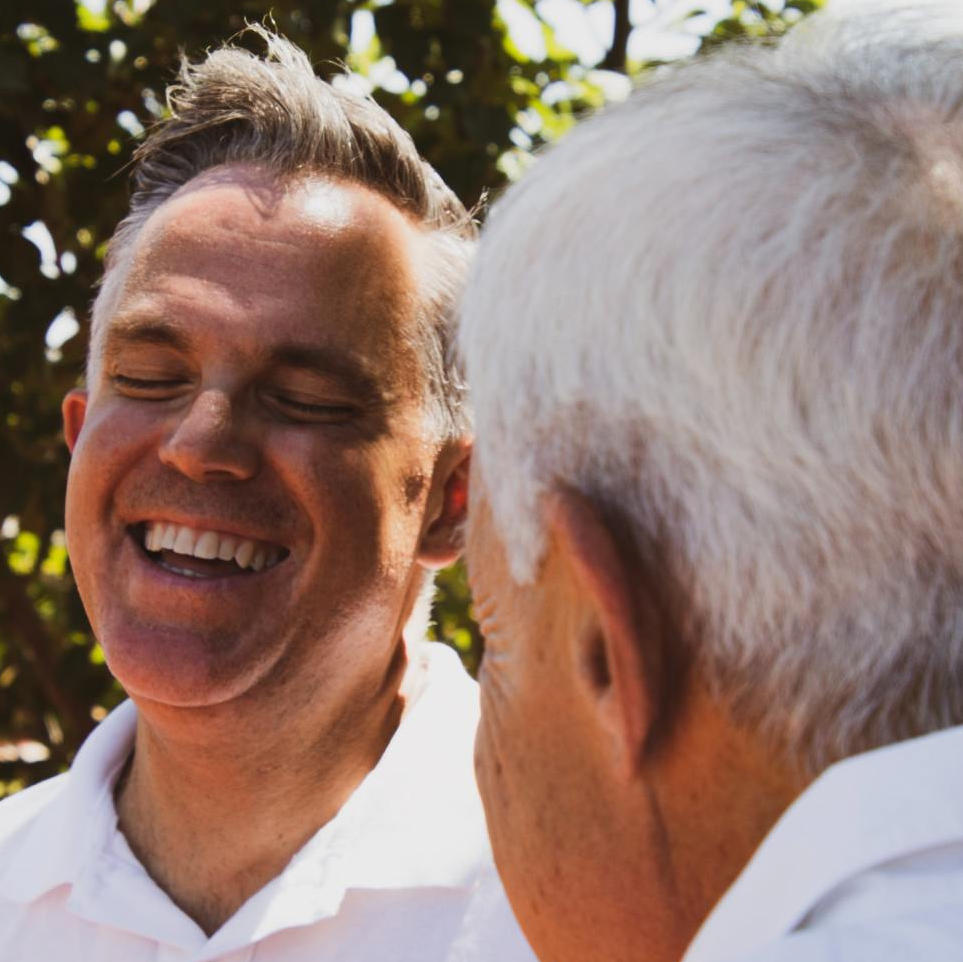Fear has the power to hold you back from taking risks, following your dreams, or becoming successful at anything you attempt to do. If you allow it to control you for long enough, it can eventually erode your quality of life and keep you locked in a prison of inactivity.
What many people fail to realize is that fear is nothing more than a conditioned response. It's a natural reaction to a frightening or unfamiliar situation. While it is usually automatic, there are things you can do to overcome it. Here are three…
- Check Your Expectations
One major contributor to fear is the prevalence of negative expectations. Do you usually find yourself expecting the worst in every situation? Do you worry obsessively about what could go wrong, rather than focusing on your strengths and capabilities?
If you make a conscious effort to expect the best, see the positive side of each situation and keep reminding yourself that you can handle more than you think, you'll find yourself with much less fear to deal with. Even if feelings of fear do manage to creep into your consciousness, you'll still be able to keep them in perspective and balance them against an underlying sense of confidence.
- Discredit Your Fears
Experts will tell you that the majority of things you fear will never come to pass anyway. While this may be true, it sure doesn't feel that way when fear has a chokehold on you! However, if you look a little more closely at your fears when they arise, you may be able to dismiss at least a few.
For example, if you have a fear of public speaking but you want to give a presentation at your local Chamber of Commerce, you might feel like your entire business reputation is on the line. You may fear stumbling over your words or worry that your colleagues will lose respect for you if you don't do a good job.
But is any of this likely to happen? In most cases, no. Rather than spend your time worrying about what "might" happen if you don't give a solid presentation, spend it brainstorming ways to help improve your performance, such as being well prepared, practicing your delivery on friends and family members, writing notes to yourself and so on.
- Do the Very Thing You Fear
When you remember that fear is simply a feeling, it loses much of its power. It can't harm you. Except in truly threatening situations, you can choose to ignore it and move forward anyway.
If you weigh the pros and cons in any situation, you may decide that the possibility of negative consequences is minimal so there's nothing to stop you from ignoring your fear and going for it!
You will determine this on a case-by-case basis, of course. The point isn't to become reckless with your decision-making but rather to empower yourself to know when fear is groundless and easily overcome.
If you’ve followed me for very long you already know my fondness for quotes. I believe that a few well-chosen words can often communicate complex concepts better than a chapter of technical jargon.
Here are three of my favourite quotes concerning fear/courage:
- “I learned that courage was not the absence of fear, but the triumph over it. The brave man is not he who does not feel afraid, but he who conquers that fear” - Nelson Mandela
- “Fear defeats more people than any other one thing in the world” - Ralph Waldo Emerson
- “Nothing in life is to be feared, it is only to be understood. Now is the time to understand more, so that we may fear less” - Marie Curie
The Curie quote seems to be particularly appropriate in the age of COVID, quarantine, and false news. We do live in an age of incredible change and challenges. Nobody knows what tomorrow will bring, but experience suggests that fearing those unknowns is one of the worst diseases known to man. In the words of Dale Carnegie, “If you want to conquer fear, don't sit home and think about it. Go out and get busy”.
It has long been my hope that people suffering from chronic back pain could use the Alignment First Protocol to solve their pain problems. If you haven’t solved YOUR back pain problems and are afraid you never will, get yourself a copy of The Body Mechanic’s Handbook and get started. If you’ve tried the Protocol on your own and still need more help, get hold of us via the website or send us an email at info@alignmentfirst.ca.
We’re helping people like you around the world. When you’re ready we’ll be here for you.
Yours in health,
Geoff Dakin











